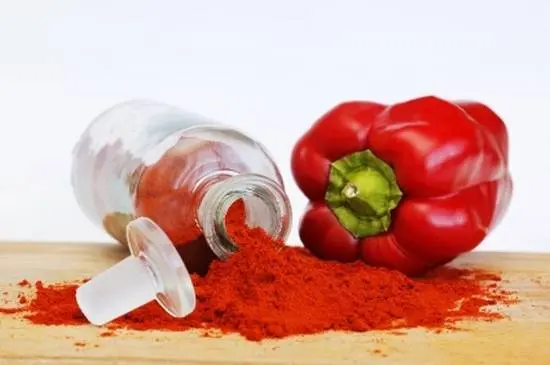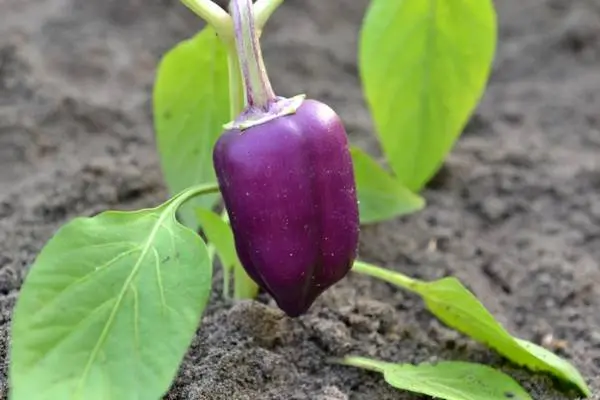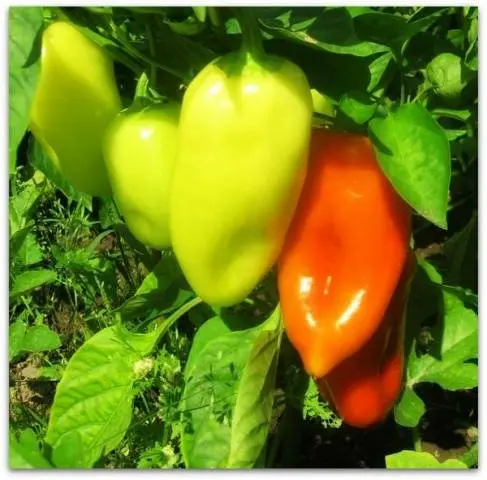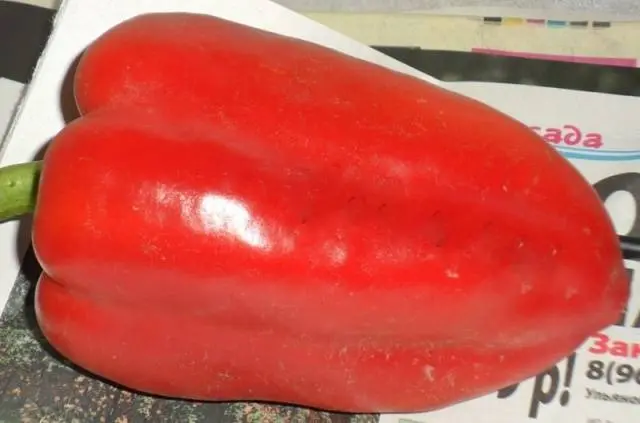Paprika is a spice made from red peppers. It is customary for us to call paprika an ordinary bell pepper. About this plant, and will be discussed in the article.
Sweet paprika is a very useful product, which contains many vitamins and elements that have a beneficial effect on the human body. Peppers can be eaten both ripe and green fruits. It is indicated for many diseases. And also from it you get a lot of interesting dishes and delicacies. Paprika is not only tasty, but also healthy.
The plant itself was brought from distant Central America, but it has taken root well with us. True, due to the fact that the plant is thermophilic, there is some specificity of planting and care.

Landing
Paprika cannot be immediately planted in the ground, the only exceptions are the Southern regions. In all other cases, you first need to grow seedlings. Seeds can be purchased or collected by yourself, the main thing to remember is that you cannot use those that have lain for more than 4 years. It is better to plant them in late February or early March, so that they have enough time. Soak in settled water with a piece of aloe, or in a weak solution of potassium permanganate. You need it to kill germs. Then take cups and seeds, plant one grain in each of them. Pour and cover with a film, and then, when the first sprouts appear, periodically pour water at room temperature. It is very harmful to flood the plant, you also need to make sure that the earth is not dry. You should monitor the temperature in the room and the light. Paprika needs enough light and warmth to grow. It is also good to “accustom” the plant to living in a living environment, for this you sometimes need to take it out into the street, but most importantly, not during frost. When the plant has reached 20 cm can be planted. It is necessary to carefully pull out the seedlings along with the roots.
Care
As for care, like all plants, it needs to be watered. The bush grows first, and the fruits appear later, if you overfill the pepper, the plant will grow too tall and may break. But already from the second half of summer, you can not be afraid to water the plant. During this period, the fruits begin to grow.
If you see that a crust has appeared around the plant, in this case, you must definitely work with a chopper. The plant may signal that it does not have enough moisture, by the fact that its leaves begin to crumble. And during the period when the pepper begins to bloom and fruits appear, you need to fertilize the plant well. Also spray the plant 3 times with wood ash to protect it from pests.
Types of bell pepper
In addition to the fact that paprika, like all other plants, can be classified according to the ripening period (early, medium and late), it is also divided by color:
- Green pepper it may be a little bitter, but it is very useful, such a fruit lowers blood cholesterol levels. And it has the fewest calories.
- Red pepper – the sweetest and it has the most vitamin C.
- orange pepper. It is also very tasty, but it has a little less vitamin C than red.
- Yellow pepper It has the highest potassium content.
- Dark purple and almost black are also very useful.
There are a lot of varieties of paprika, I would like to name some of the most common.
big papa

Small bush. In its biological ripeness, it becomes brown-red, and its average weight reaches about 100 g. The pepper has a cylindrical shape and very thick walls. It belongs to the early ripening species, and it is also not susceptible to diseases.
Gift of Moldova

Pepper variety of medium ripeness. It can grow in any climatic conditions and different soils. The bush itself reaches a height of just over half a meter. The fruits are rich red in color, not very large, on average 85 g, and the walls are about 6 mm. Quite a fruitful type of paprika.
Lumina

Very tasty and juicy fruits, bears fruit well. And refers to the type of medium ripeness. The fruits are rich red in color, reach 110 g. For a long time it retains an excellent appearance and does not lose its properties, thanks to which it is excellent for transportation and storage. Of the advantages, one can note the yield of the plant and resistance to most diseases that pepper suffers from.
Korenovsky

Refers to the late-ripening type of paprika, which is distinguished by its aroma, taste, as well as large fruits.
Bell
It has a delicate sweet-sour taste. It belongs to late-ripening species and has an interesting shape. On average, the weight of the fetus is from 50-100 gr.









